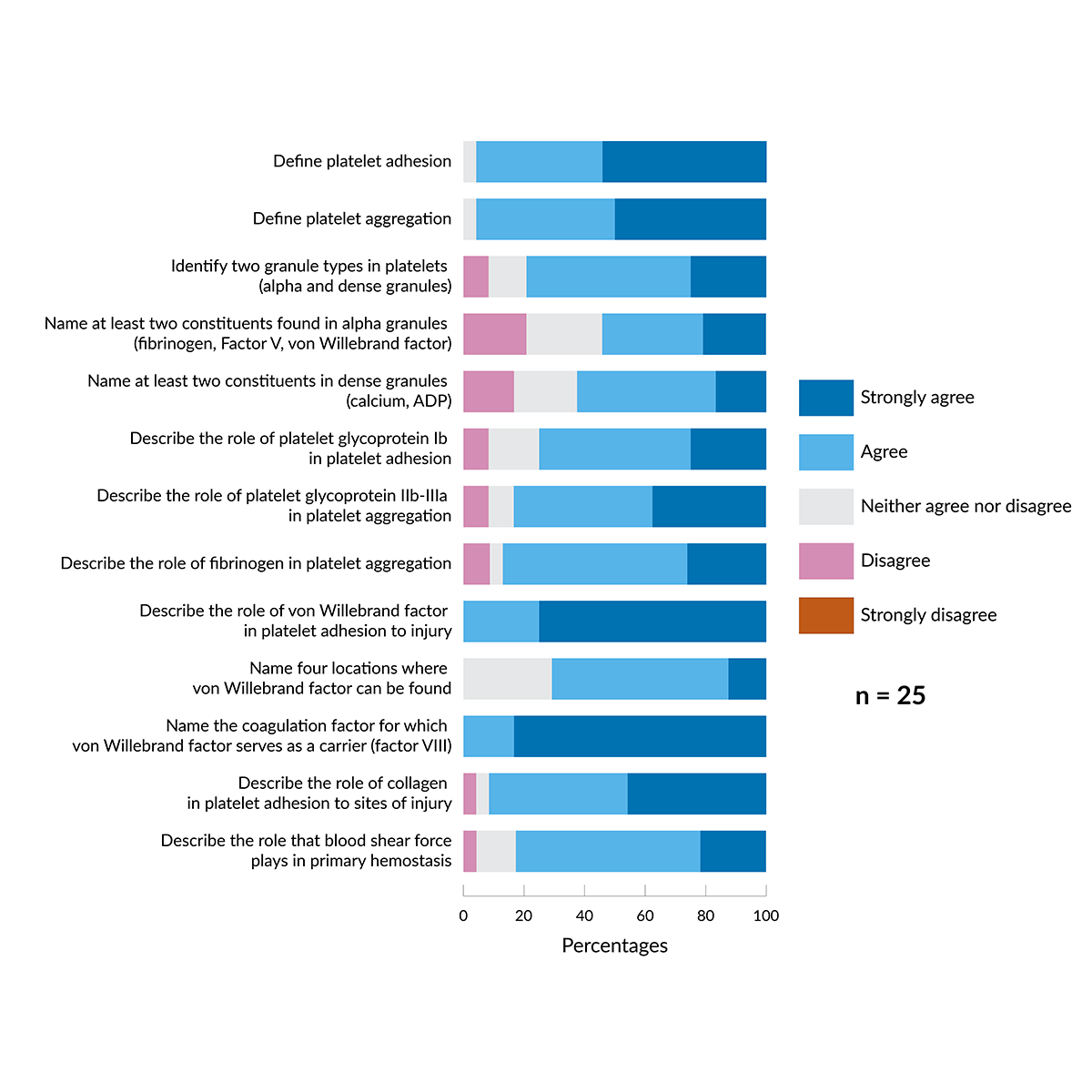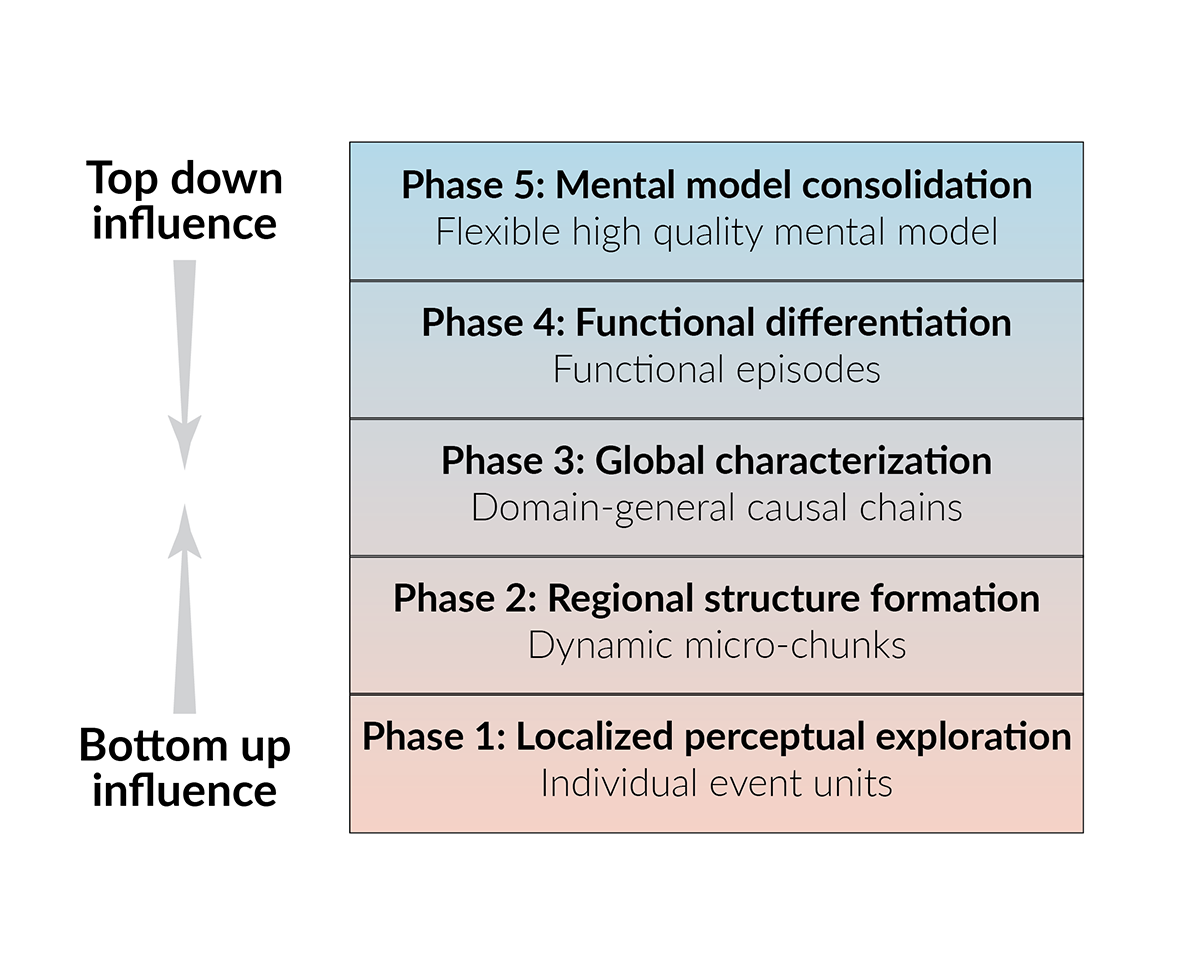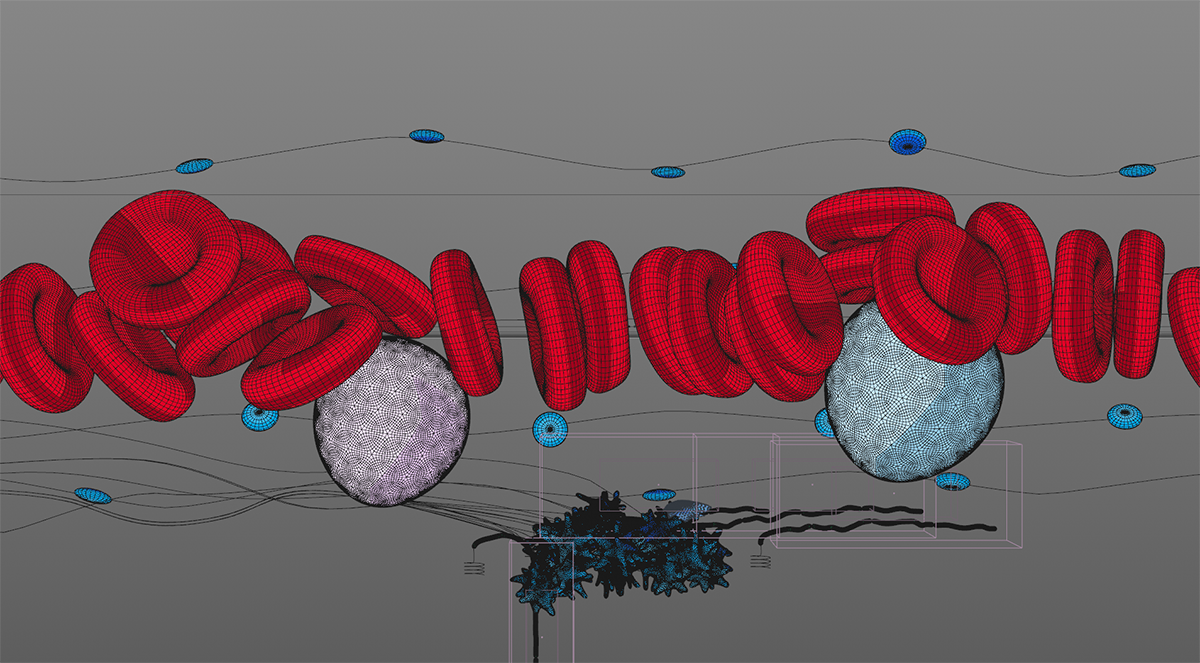Animating Primary Hemostasis for Medical Student Education
Supervisor
Jodie Jenkinson, BA, MScBMC, PhD, FAMI
Director and Associate Professor, Biomedical Communications
Dept. of Biology
University of Toronto Mississauga
Scientific Content Advisor
Paula James, MD, FRCPC
Professor of Medicine
Dept. of Medicine
Queen’s University
Second Voting Member
Michael Corrin, BFA, BA, Hons BSc, MScBMC, CMI
Associate Director and Associate Professor, Biomedical Communications
Dept. of Biology
University of Toronto Mississauga
Educational Content Advisor
Ric Lowe, PhD
Professor of Learning Technologies
Dept. of Education
Curtin University
Project Description
Context:
Understanding hemostasis is an important clinical competency for virtually every medical specialty, but medical students may find learning hemostasis challenging. Compared to static illustrations, dynamic visualizations such as animation may have educational advantages when teaching concepts that involve dynamic and sequential biologic processes. However, medical students may be challenged in building solid mental models if the animation’s design distracts the learner from attending to relevant information.
Objectives:
1) Survey Canadian and U.S. hemostasis educators regarding learning objectives for the animation’s content.
2) Develop an educational animation that introduces primary hemostasis to pre-clinical medical students.
Design:
Following University of Toronto Research Ethics Board review and approval, we performed an online survey of the Association of Hemophilia Clinic Directors of Canada (AHCDC) and the Foundation for Women and Girls with Blood Disorders (FWGBD).
The survey presented a proposed list of 13 learning objectives which participants were asked to score according to:
1) The participant’s degree of agreement in using the learning objective for teaching primary hemostasis to medical students.
2) The difficulty faced by a typical medical student in learning the stated objective.
Survey Results:
Pre-Production
The animation was designed according to the Animation Processing Model (APM), a psychological processing model which addresses mental model building in didactic animations.
Figure 3: Summary of the Animation Processing Model (from Lowe R, Boucheix JM. A Composition Approach to Design of Educational Animations. In: Lowe R, Ploetzner R, eds. Learning from Dynamic Visualization: Innovations in Research and Application. Springer International Publishing; 2017:5-30)
A script, storyboard, and animatic were developed, using the Animation Processing Model to analyze and present the learning objectives.
Production
A 2D-plus animation was produced using Maxon Cinema 4D, Adobe After Effects, Adobe Photoshop, Adobe Audition and Adobe Premiere Pro. Sound effects were obtained from ZapSplat.com and MisterHorse.com.
Conclusion
This project is the first educational animation of primary hemostasis that incorporates both peer-reviewed learning objectives and designed according to the APM. Current plans for the animation include incorporating into the medical school hematology curriculum at the University of New Mexico School of Medicine (Albuquerque, NM, USA) and Queen’s College (Kingston, ON, CA). To investigate the utility of APM in medical education, our next steps include producing a control animation and performing randomized studies comparing impact of APM versus control animations on learning outcomes in medical students.






